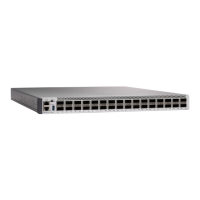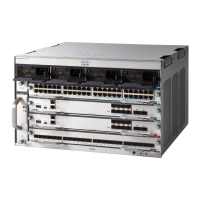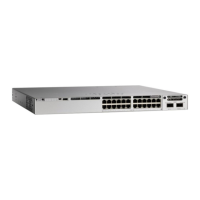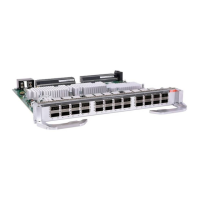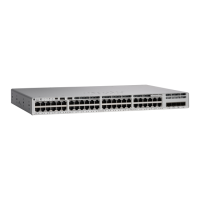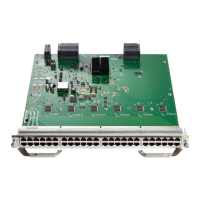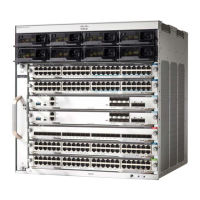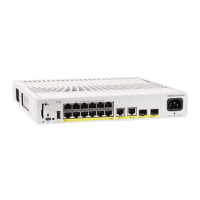Configuring Control : Configure QoS policies based on application by
1. Creating an AVC QoS policy. See Creating AVC QoS Policy, on page 126 .
2. Applying AVC QoS policy to the interface. See Applying a QoS Policy to the switch port, on page 128 .
Configuring application-based Flexible Netflow :
• Create a flow record by specifying key and non-key fields to the flow. See Creating a Flow Record, on
page 128 .
• Create a flow exporter to export the flow record. See Creating a Flow Exporter, on page 141 .
• Create a flow monitor based on the flow record and the flow exporter. See Creating a Flow Monitor, on
page 142 .
• Attach the flow monitor to the interface. See Associating Flow Monitor to an interface, on page 144 .
Protocol-Discovery, application-based QoS and application-based FNF are all independent features. They
can be configured independently or together on the same interface at the same time.
Enabling Application Recognition on an interface
To enable application recognition on an interface, follow these steps:
Procedure
PurposeCommand or Action
Enters global configuration mode.configure terminal
Example:
Step 1
Device# configure terminal
Specifies the interface for which you are
enabling protocol-discovery and enters interface
configuration mode.
interface interface-id
Example:
Device(config)# interface gigabitethernet
Step 2
1/0/1
Enables application recognition on the interface
by activating NBAR2 engine.
ip nbar protocol-discovery
Example:
Step 3
Device(config-if)# ip nbar
protocol-discovery
Returns to privileged EXEC mode.end
Example:
Step 4
Device(config-if)# end
System Management Configuration Guide, Cisco IOS XE Amsterdam 17.2.x (Catalyst 9500 Switches)
125
Configuring Application Visibility and Control in a Wired Network
Enabling Application Recognition on an interface
